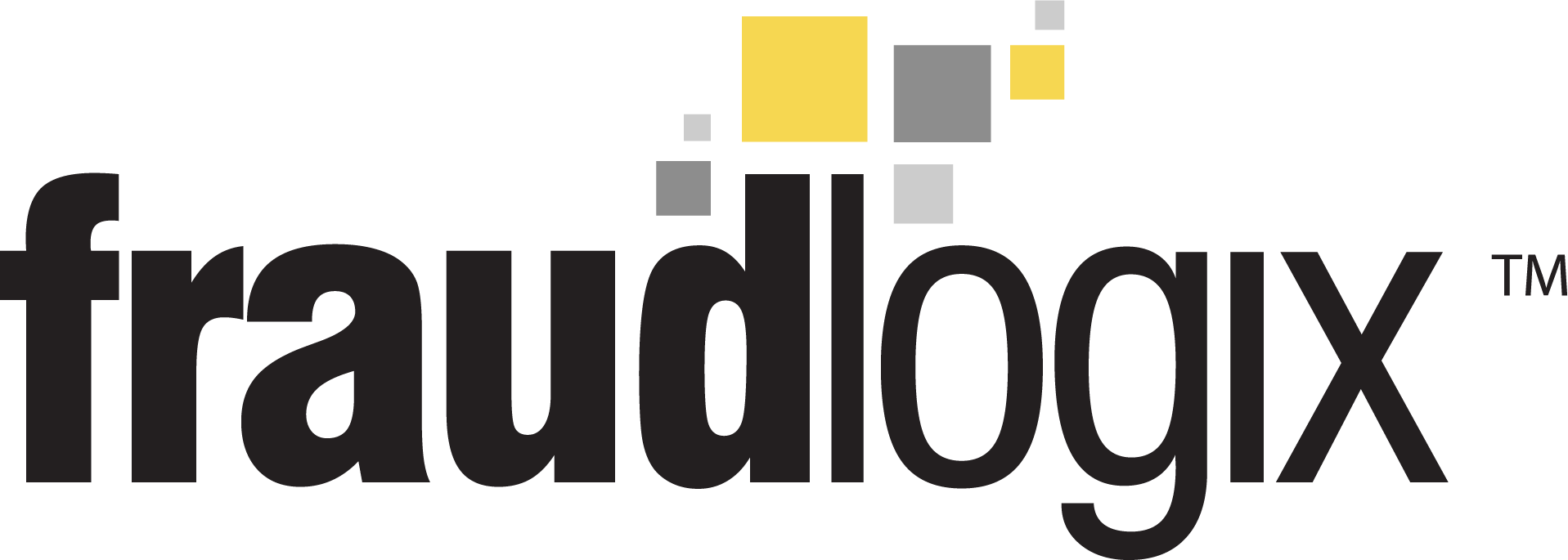 Website traffic is always a good thing — right? Not always, in fact, traffic from certain internet bots can harm your site. These unwanted visitors aren’t always easy to detect. Still, there are ways to insulate your website from the risk of fraudulent bot traffic impacting your web analytics or worse, your bottom line. Keep reading to learn more about:
Website traffic is always a good thing — right? Not always, in fact, traffic from certain internet bots can harm your site. These unwanted visitors aren’t always easy to detect. Still, there are ways to insulate your website from the risk of fraudulent bot traffic impacting your web analytics or worse, your bottom line. Keep reading to learn more about:
- What a bot is
- What bot traffic means
- How bad traffic can hurt your website
- Signs of bot traffic
- Bot traffic prevention
What is an internet bot?
There are several different types of internet bots. In its simplest form, a bot is an automated program that interacts with web servers. Bots come in a variety of forms for a variety of purposes, some of them. This includes but isn’t limited to spam bots, click fraud bots, bots that impersonate end users, scraping bots, and crawl bots.
What is bot traffic?
Not all traffic to your website comes from humans. A portion of a website’s traffic ‘hits’ come from bots interacting with the server. Bot traffic is any traffic to your web server by an automated program.
Note that not all bot traffic is bad for your site. Good bot traffic may include the Googlebot and other website monitoring bot tools. These types of bots can crawl your site and help search engines stay aware of your site.
The issue with bad traffic bots is that they interact with your server to either perpetrate fraud or unduly gather information, all while inflating your traffic numbers. They provide no useful function to you and only cost you resources.
How can bot traffic hurt your website?
If you want more website traffic, you probably want the bulk of it to come from real people — people who may be interested in buying, subscribing, or coming back again and again to your website. Bots aren’t going to do that. And not only will bot traffic fail to lead to sales or other desirable action, but it can also actually hurt your website and your business by:
- Slowing down or crashing your website
- Gathering information for your competitors
- Raising your IT costs
- Compromising your data or customer’s data
- Preventing you from complying with data protection regulations
What are the signs of bot traffic?
Bot activity on a website isn’t always evident just by glancing at the numbers, but there are signs to watch out for. Warning signs of bot interference on your site can include:
- Very short session durations. A real visitor may only spend a few seconds on your site, but visitors who stay on a website for just milliseconds are likely bots.
- Traffic from unlikely locations. If most of your business is from the U.S., and suddenly most of your visitors are from the other side of the world, you may be dealing with bots.
- Poor conversions. Items may go into carts, but none go through checkouts. You may be getting tons of sign-ups that bounce back.
- Abnormal page views. Suddenly seeing a considerable number of page views is possibly a sign of bot traffic instead of organic or ad-generated traffic.
How can you prevent bot traffic?
Bot protection is loss and fraud prevention, so having a strategy to combat the impact of bot traffic should be an essential part of your marketing and cyber-resiliency strategy. Differentiating between good and bad bots and monitoring for signs of bot activity can be a job in itself and it’s therefore best to use a suite of security tools and measures to automate your automated bot detection.
Use bot traffic prevention tools that can:
- Rely on user behavioral analysis for bot identification
- Real-time bot reporting from your server
- Use digital fingerprint bot tracking across the web
- Give industry-specific solutions for your unique needs
- Provide scalability both in their pricing model and capabilities
At Fraudlogix, we keep bad bots off websites to work as they should. Contact us with your questions or learn more about how we can help prevent bot traffic to your site.



